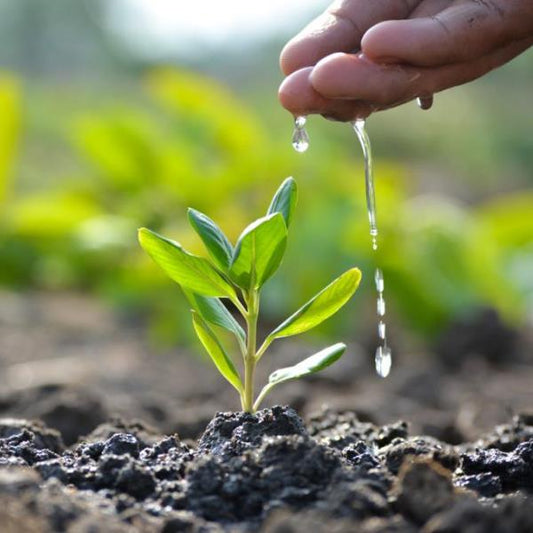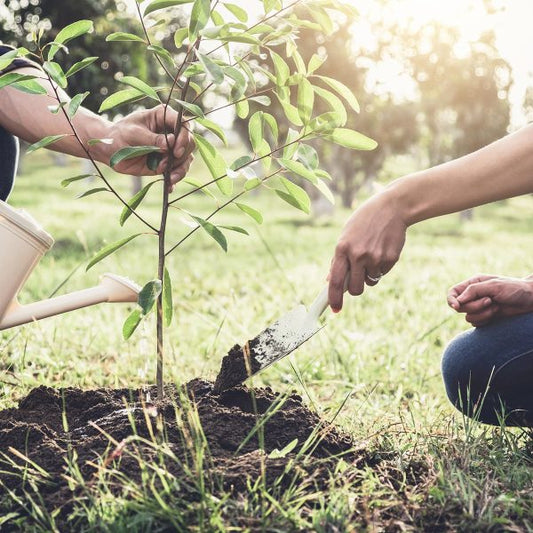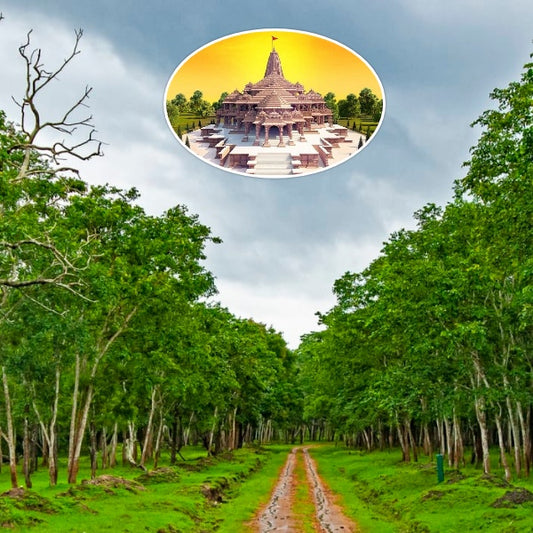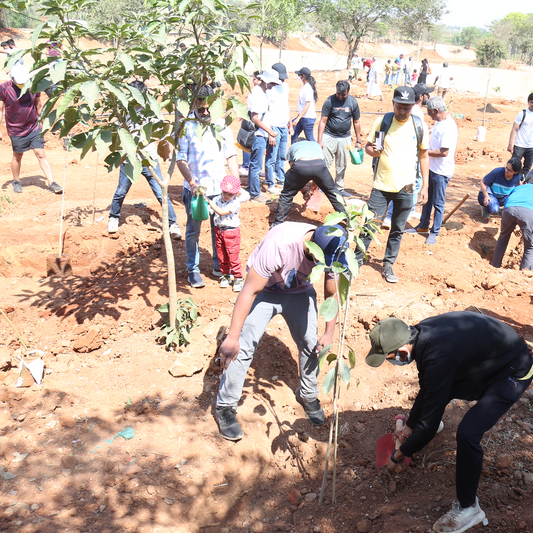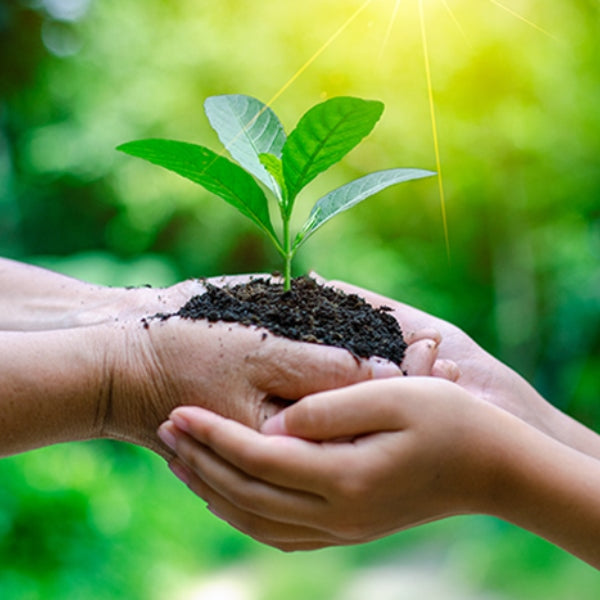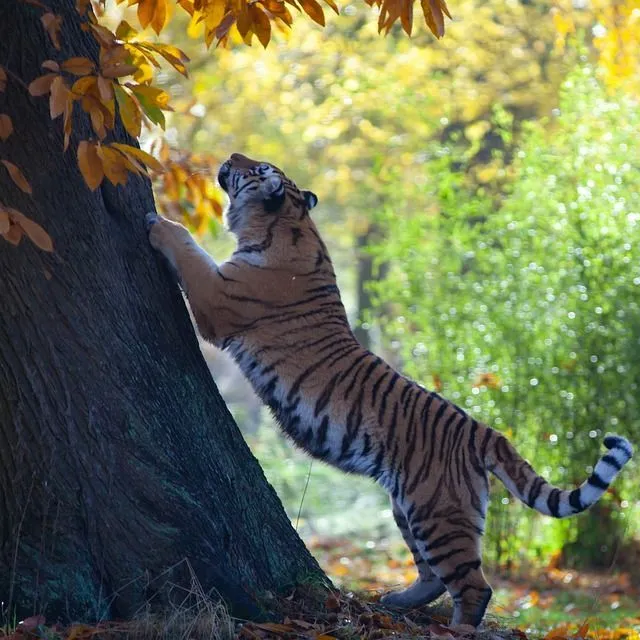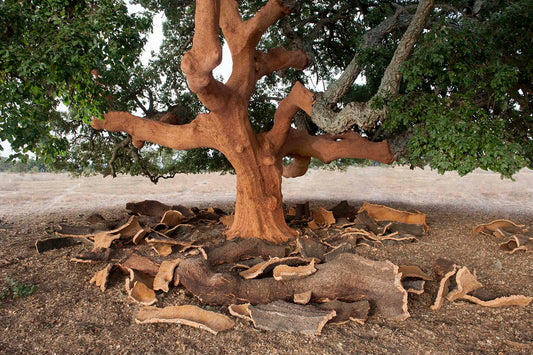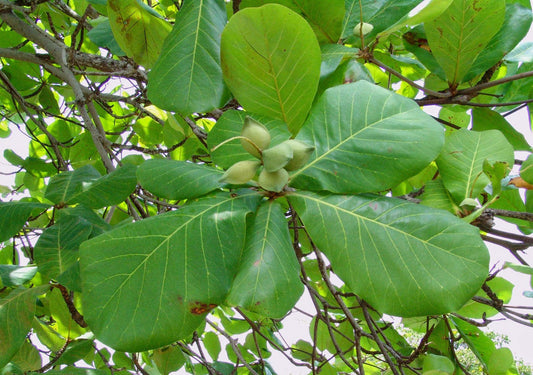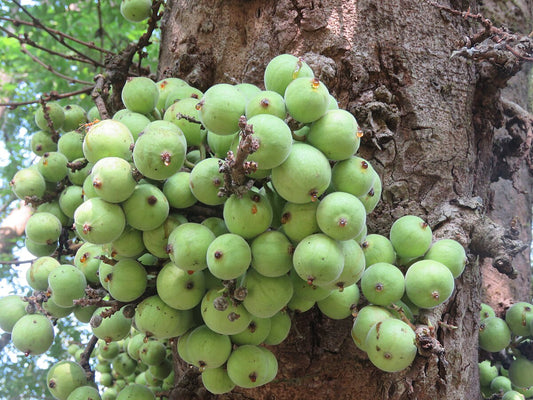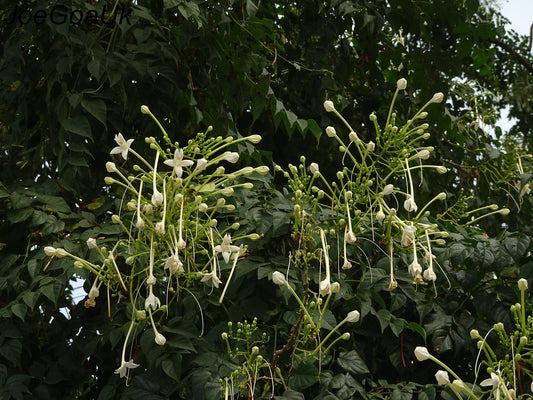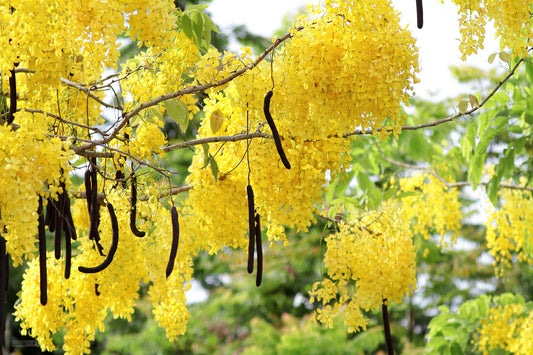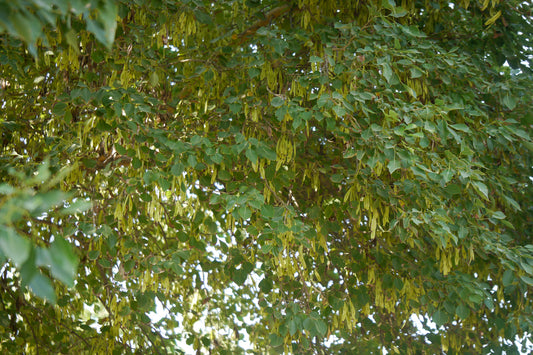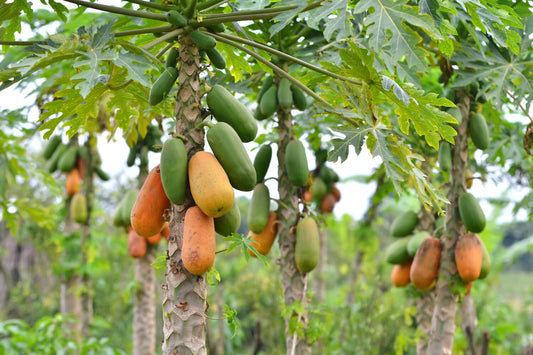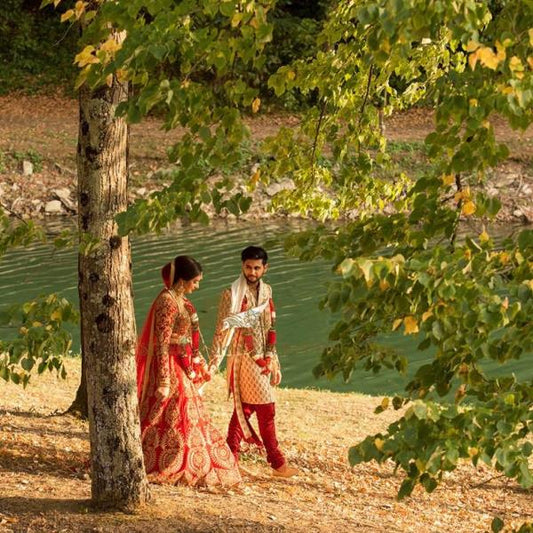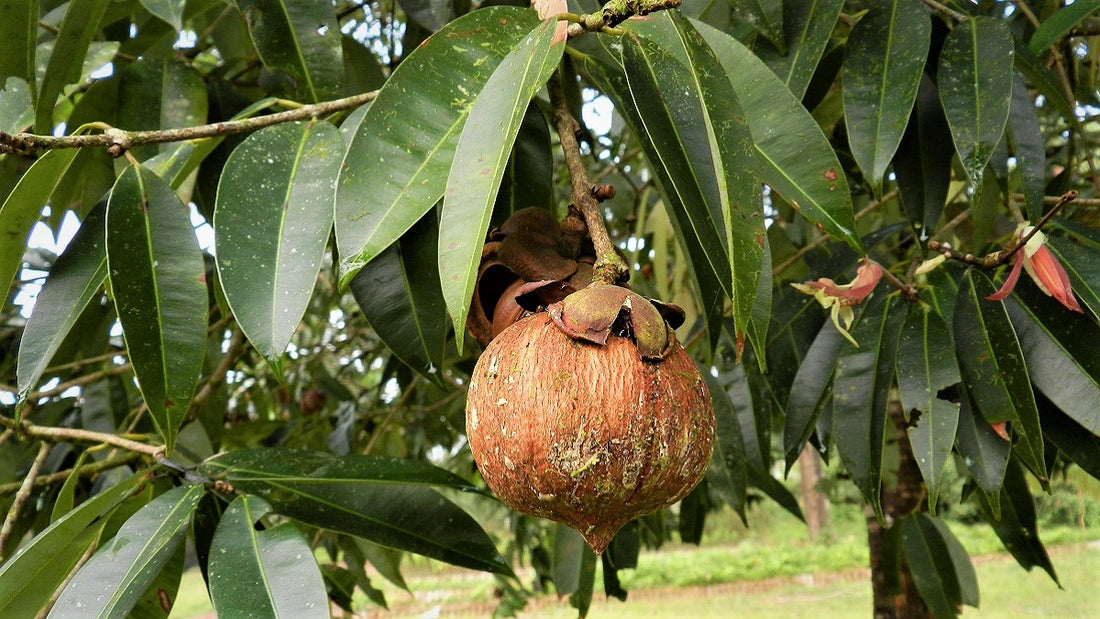

In the symphony of botanical wonders, the Nagkesara Tree, scientifically known as Mesua ferrea or Nagkesara, unfolds as a floral sonata of cultural elegance and botanical grace. This exquisite tree, adorned with delicate flowers and glossy leaves, not only captivates with its beauty but Read more
Trending
Trees for Corporates
Nagkesara Tree
You may also like
Corporate Plantations
Nagkesara tree benefits
Explore the wide-ranging benefits of the Nagkesara tree, esteemed for its medicinal properties, ornamental value, and cultural significance. From its therapeutic uses in Ayurveda to its decorative flowers in landscaping, the Nagkesara tree offers a wealth of health benefits, aesthetic appeal, and spiritual symbolism, making it a cherished botanical treasure.
Nagkesara tree (Mesua ferrea)
Delve into the botanical intricacies and cultural importance of Mesua ferrea, commonly known as the Nagkesara tree, revered for its elegant flowers, aromatic seeds, and durable timber. As an evergreen tree native to South and Southeast Asia, Mesua ferrea holds a prominent place in traditional medicine, religious rituals, and artisanal crafts, where it is valued for its medicinal, spiritual, and economic contributions.
Nagkesara tree in Ayurveda
Uncover the therapeutic uses of the Nagkesara tree in Ayurvedic healing practices, where it is prized for its medicinal flowers, seeds, bark, and oil. In Ayurvedic texts, Nagkesara is described as a potent herb with cooling, astringent, and rejuvenating properties, used to treat various ailments, including bleeding disorders, skin conditions, and digestive issues, showcasing its holistic healing potential.
Nagkesara tree uses
Discover the diverse applications of the Nagkesara tree, from its flowers and seeds used in traditional remedies to its timber and oil utilized in carpentry, perfumery, and skincare products. Rich in bioactive compounds such as flavonoids, terpenoids, and essential oils, Nagkesara extracts exhibit anti-inflammatory, antimicrobial, and antioxidant effects, while its timber is prized for its strength, durability, and decorative grain patterns, highlighting its multifaceted utility and commercial value.
Nagkesara tree cultivation
Learn about the cultivation practices and environmental requirements essential for growing Nagkesara trees, vital for sustaining their population and meeting market demands. Nagkesara trees thrive in tropical climates with well-drained soil and ample sunlight, requiring regular watering and pruning for optimal growth and flowering, emphasizing the importance of adopting sustainable cultivation methods to conserve water and soil resources.
Nagkesara tree conservation
Understand the importance of conserving Nagkesara trees and the efforts aimed at protecting their habitats and genetic diversity. Habitat loss, deforestation, and unsustainable harvesting practices pose significant threats to Nagkesara tree populations, underscoring the need for conservation initiatives and community-based stewardship to safeguard their cultural heritage and ecological integrity.
Nagkesara tree phytochemistry
Explore the chemical composition of Nagkesara flowers, seeds, bark, and oil, which contain a variety of bioactive compounds known for their medicinal and therapeutic properties. From xanthones and coumarins to sesquiterpenes and triterpenoids, Nagkesara extracts exhibit diverse pharmacological effects, including anti-inflammatory, antidiabetic, and wound-healing activities, making them valuable ingredients in herbal medicine formulations and natural remedies.
Nagkesara tree traditional knowledge
Delve into the traditional wisdom surrounding the Nagkesara tree, passed down through generations in indigenous healing traditions, religious ceremonies, and artisanal practices. Nagkesara holds a sacred place in Hindu mythology and Ayurvedic medicine, symbolizing purity, fertility, and divine grace, while its medicinal virtues continue to be revered in folk remedies and spiritual rituals, showcasing its cultural and spiritual significance.
Nagkesara tree habitat
Explore the natural habitats favored by Nagkesara trees, typically found in evergreen forests, riparian zones, and foothills across South and Southeast Asia. Nagkesara trees play a vital role in supporting biodiversity, providing food and shelter for wildlife, and contributing to soil fertility and ecosystem resilience, highlighting their ecological importance in their native habitats.
Nagkesara tree sustainable practices
Examine sustainable approaches to managing Nagkesara tree resources, emphasizing conservation, community engagement, and eco-friendly utilization methods. From promoting agroforestry and reforestation initiatives to implementing fair trade practices and value-added processing, sustainable strategies aim to balance economic development with environmental stewardship, ensuring the long-term sustainability of Nagkesara tree populations and their cultural and ecological significance.
FAQ
What is the Nagkesar Tree?
The Nagkesar Tree, scientifically known as Mesua ferrea, is an evergreen tree native to the Indian subcontinent and Southeast Asia. It holds cultural, medicinal, and religious significance and is prized for its fragrant flowers, seeds, and timber.
What are the medicinal uses of the Nagkesar Tree?
The Nagkesar Tree has a rich history in traditional medicine, where various parts of the tree, including its flowers, seeds, bark, and leaves, are utilized to treat ailments such as inflammation, digestive disorders, skin conditions, and respiratory issues.
How are Nagkesar flowers utilized?
Nagkesar flowers are highly valued for their medicinal properties and aromatic fragrance. They are used in traditional medicine formulations, aromatherapy, and perfumery, contributing to their therapeutic and sensory benefits.
Can Nagkesar seeds be used for culinary purposes?
Yes, Nagkesar seeds are occasionally used in culinary preparations, particularly in Indian cuisine. They add a subtle flavor and aroma to dishes such as rice pilafs, sweets, and savory snacks.
Is Nagkesar bark utilized for medicinal purposes?
Yes, Nagkesar bark is a valuable medicinal resource in traditional Ayurvedic and Unani systems of medicine. It is used to alleviate various ailments, including diarrhea, dysentery, fever, and inflammation.
What are the active compounds in Nagkesar responsible for its medicinal properties?
Nagkesar contains bioactive compounds such as flavonoids, tannins, saponins, and essential oils, which contribute to its antioxidant, anti-inflammatory, antimicrobial, and analgesic effects.
How does Nagkesar contribute to skincare?
Nagkesar is beneficial for skincare due to its antimicrobial and anti-inflammatory properties. Extracts derived from its flowers or seeds are used in skincare products to treat acne, blemishes, and other skin conditions.
Are there any religious or cultural uses of Nagkesar?
Yes, Nagkesar holds religious significance in Hinduism, where its flowers are offered to deities during worship ceremonies and festivals. Additionally, the tree is associated with various cultural rituals and traditions.
Can Nagkesar be grown outside its native range?
While Nagkesar is primarily native to tropical and subtropical regions, it can be cultivated in suitable climates with well-drained soil and ample sunlight. Its cultivation outside its native range requires careful consideration of environmental conditions.
Does Nagkesar play a role in biodiversity conservation?
Yes, Nagkesar contributes to biodiversity conservation by providing habitat and food for various wildlife species. Its cultivation supports ecosystem health and biodiversity in its native habitats.
How does Nagkesar support sustainable forestry practices?
Nagkesar supports sustainable forestry practices by providing timber, non-timber forest products, and ecological services. Its cultivation and management contribute to soil conservation, watershed protection, and carbon sequestration.
Can Nagkesar flowers be used in aromatherapy?
Yes, Nagkesar flowers are utilized in aromatherapy for their soothing and uplifting properties. Inhalation or diffusion of Nagkesar essential oil promotes relaxation, stress relief, and mental clarity.
What are the traditional methods of processing Nagkesar seeds for medicinal use?
Nagkesar seeds are traditionally sun-dried, roasted, or ground into powder for medicinal use. They are incorporated into herbal formulations, decoctions, or oils to treat various ailments effectively.
Is Nagkesar cultivation environmentally sustainable?
Yes, Nagkesar cultivation is environmentally sustainable when practiced using agroecological principles and sustainable land management techniques. It supports biodiversity, soil health, and ecosystem resilience.
Are there any known side effects of Nagkesar consumption?
While Nagkesar is generally safe for consumption in moderation, excessive intake may lead to gastrointestinal discomfort or allergic reactions in some individuals. It is advisable to consult a healthcare professional before use, especially for pregnant or nursing women.
Can Nagkesar be propagated through seeds or cuttings?
Yes, Nagkesar can be propagated through seeds, cuttings, or air layering. However, seeds are the most common method of propagation, requiring specific conditions for germination and growth.
How long does it take for Nagkesar trees to mature and produce flowers?
Nagkesar trees typically mature within several years of planting, depending on environmental conditions and cultivation practices. Flowering usually occurs once the tree reaches maturity.
What are the geographical regions suitable for Nagkesar cultivation?
Nagkesar thrives in tropical and subtropical regions with warm temperatures, high humidity, and well-drained soil. It is commonly cultivated in countries such as India, Sri Lanka, Myanmar, and Thailand.
Can Nagkesar flowers be used in herbal teas or infusions?
Yes, Nagkesar flowers can be infused in hot water to make herbal teas or decoctions. Consuming Nagkesar tea is believed to promote relaxation, improve digestion, and boost overall well-being.
Where can one find high-quality Nagkesar products?
High-quality Nagkesar products, including extracts, essential oils, and herbal formulations, are available from reputable herbal retailers, Ayurvedic pharmacies, and online stores specializing in natural remedies. It is essential to ensure product authenticity and quality before purchase.
Most Popular
Connect with us
-
👥 Corporates
If you are looking for:
- 🌲 Tree Plantation Events
- 📊 CSR Projects
📧 corporate@growbilliontrees.com
📞 +91 9699723523
💬 WhatsApp (Only): +91 9370599291
🕒 Mon - Sat | 10am - 7pm IST
-
🧩 Tree Plantation NGOs
If you are looking for:
- 💰 Financial Assistance
- 🤝 Operational Support
📧 support@growbilliontrees.com
📞 +91 9699723523
💬 WhatsApp (Only): +91 9370599291
🕒 Mon - Sat | 10am - 7pm IST
-
🌼 Individuals
If you are looking for:
- 👥 Group Tree Plantation Drive
- 🌳 Bulk Tree Plantation
📞 +91 9699723523
💬 WhatsApp (Only): +91 9370599291
🕒 Mon - Sat | 10am - 7pm IST



